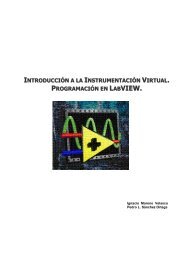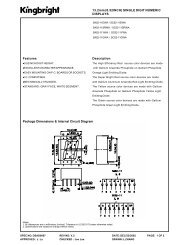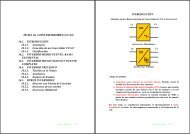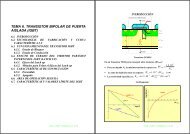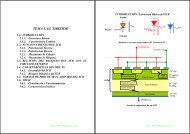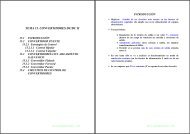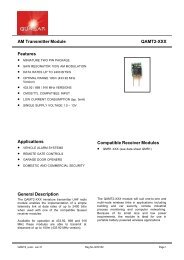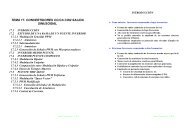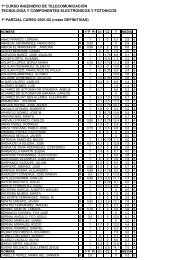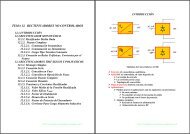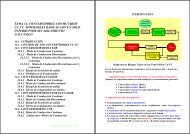AD8307 Low Cost DCâ500 MHz, 92 dB Logarithmic Amplifier Data ...
AD8307 Low Cost DCâ500 MHz, 92 dB Logarithmic Amplifier Data ...
AD8307 Low Cost DCâ500 MHz, 92 dB Logarithmic Amplifier Data ...
You also want an ePaper? Increase the reach of your titles
YUMPU automatically turns print PDFs into web optimized ePapers that Google loves.
<strong>AD8307</strong><br />
PRODUCT OVERVIEW<br />
The <strong>AD8307</strong> comprises six main amplifier/limiter stages, each<br />
having a gain of 14.3 <strong>dB</strong> and small signal bandwidth of 900 <strong>MHz</strong>;<br />
the overall gain is 86 <strong>dB</strong> with a –3 <strong>dB</strong> bandwidth of 500 <strong>MHz</strong>.<br />
These six cells, and their associated g m styled full-wave detectors,<br />
handle the lower two-thirds of the dynamic range. Three<br />
top-end detectors, placed at 14.3 <strong>dB</strong> taps on a passive attenuator,<br />
handle the upper third of the 90 <strong>dB</strong> range. Biasing for these<br />
cells is provided by two references: one determines their gain;<br />
the other is a band gap circuit that determines the logarithmic<br />
slope and stabilizes it against supply and temperature variations.<br />
The <strong>AD8307</strong> may be enabled/disabled by a CMOS compatible<br />
level at ENB (Pin 6). The first amplifier stage provides a low<br />
voltage noise spectral density (1.5 nV/√Hz).<br />
The differential current-mode outputs of the nine detectors are<br />
summed and then converted to single-sided form in the output<br />
stage, nominally scaled 2 µA/<strong>dB</strong>. The logarithmic output voltage<br />
is developed by applying this current to an on-chip 12.5 kΩ<br />
resistor, resulting in a logarithmic slope of 25 mV/<strong>dB</strong> (i.e.,<br />
500 mV/decade) at OUT. This voltage is not buffered, allowing<br />
the use of a variety of special output interfaces, including the<br />
addition of post-demodulation filtering. The last detector stage<br />
includes a modification to temperature-stabilize the log intercept,<br />
which is accurately positioned to make optimal use of the full<br />
output voltage range available. The intercept may be adjusted<br />
using the INT pin, which adds or subtracts a small current to<br />
the signal current.<br />
junction capacitances associated with them, due to active<br />
devices or ESD protection; these may be neither accurate nor<br />
stable. Component numbering in each of these interface diagrams<br />
is local.<br />
Enable Interface<br />
The chip-enable interface is shown in Figure 8. The currents in<br />
the diode-connected transistors control the turn-on and turn-off<br />
states of the band gap reference and the bias generator, and are a<br />
maximum of 100 µA when Pin 6 is taken to 5 V, under worst-case<br />
conditions. Left unconnected, or at a voltage below 1 V, the<br />
<strong>AD8307</strong> will be disabled and consume a sleep current of under<br />
50 µA; tied to the supply, or a voltage above 2 V, it will be fully<br />
enabled. The internal bias circuitry is very fast (typically



